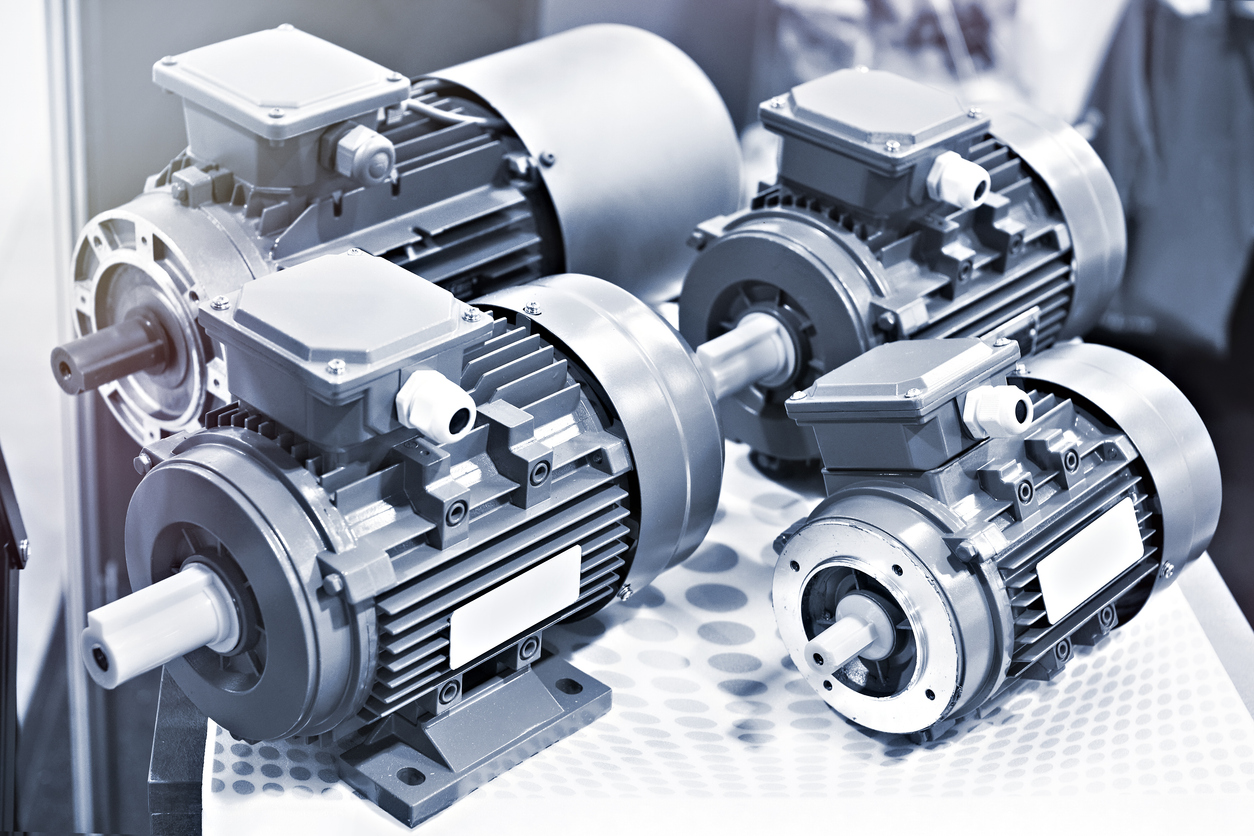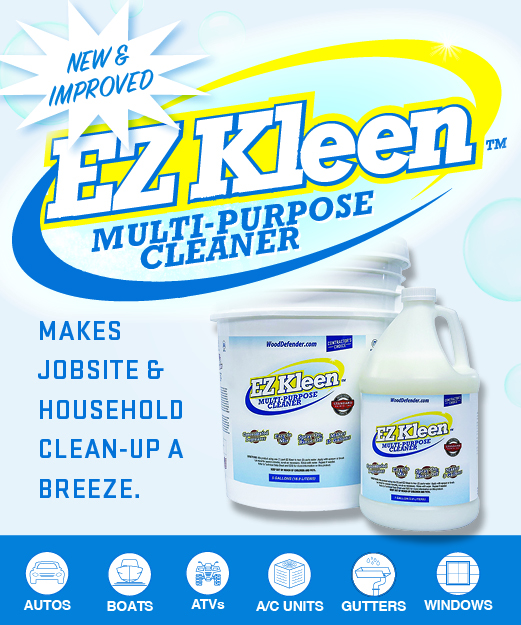
Motor Myths
by Diane Calabrese | Published July 2025

It seems simple enough. A motor makes things move.
‘Motor’ derives from the Latin motus, which means a mover.
Yet because we humans like to consider things from every angle, myths develop around the most familiar functions. Motors included.
Whether a combustion engine or a device for converting electric energy into mechanical energy (often for propulsion), we know the basics of motors.
Or do we?
Many attributes attached to motors get challenged as myths. That’s not entirely surprising. In the modern world (and probably in the ancient one), personal experience leads to all sorts of conclusions.
The conclusions are not necessarily wrong, but they haven’t been reached by a rigorous scientific method. And they may be more in the realm of myth.
For instance, anyone can use one of the many experimental AI assists attached to a search engine and find a list of motor myths. The list Gemini produced begins with frequent “starts” being a negative for the integrity of an engine.
Just a note that we are not recommending or unrecommending AI tools. We just acknowledge they are a part of life now, and always present. So many individuals begin to rely on them for information.
Eventually, a way will be able to meld the light-speed culling of information by an AI tool with the precise explanations of all things from experts. Our discussion of motor myths here is another entry into that sphere where the melding will take place.
One reason that myths develop, of course, is because they often present the easiest conclusion. Think of the entity at Lock Ness, which looks like a monster, so it is a monster. Labeling the sighting a periodic atmospheric or geophysical phenomenon isn’t as concise.
In other words, seeing is believing makes life easier – but not necessarily entirely correct. Dennis Black, president of McHenry Pressure Cleaning Systems, Inc. in Frederick, MD gives us an example.
“I don’t know if I would label it a myth, as much as a misunderstanding,” says Black. “We find that the average person doesn’t understand the differences or ratios between electric brake horsepower and gas engine horsepower.”
What accounts for that unawareness? “They simply see whatever horsepower is on a label and think that everything is the same,” explains Black.
One bit of misunderstanding can contribute to another. As such, “most do not understand how much horsepower it takes to accomplish different flow and psi rates,” says Black.
“The overstatement of horsepower figures has been a problem, [and] manufacturers are now using and meeting cc [cubic centimeter] rating rather than horsepower,” explains Blach. “We still see some overstatement as to what can be produced or provided with what.”
The National Electrical Manufacturers Association [NEMA] groups electric motors by current and power. Still, many purchasers only think in terms of horsepower. (Not a precise myth, but a contributor in the realm of misunderstanding.]
“The difference in efficiency and true delivered horsepower that different classes of electric motors provide” is misunderstood by many, explains Black. “The special classifications on lower grade and consumer grade units versus true NEMA horsepower rating” is in that category of consumer misunderstanding.
It doesn’t stop there. “This involves rpm as well,” says Black. “So, the buying public only sees the provided horsepower on the label, [and] they do not understand the difference” in the efficiency.
As it turns out, the best way to evaluate myths about motors – or anything – is to get as many facts as possible. Hearsay can be a place to start, but then it’s the responsibility of each of us to sort fact and fiction.
For example, some things we hear are true, and the truth in the statements should be heeded. “Running gas engines at higher than recommended rpms [and] using electric motors at a higher duty cycle than they are rated for” is misuse of the device, says Black.
Bits of disagreement
Myths about motors get compounded by the very strict view taken of nomenclature. We began with the wide view, or that a motor makes something move. Hence, a combustion engine is a motor.
Not so fast, say members of our industry who are certain we should never call a combustion engine a motor. This section presents the broad view. The next section presents the restrictive view.
Divergent perspectives arise mostly between those who are engineers and technicians – those who design and maintain engines and motors, and those who use the engines and motors.
Put Roy Pennington, owner of Hi Pressure Cleaning Systems Inc. in Houma, LA, in the broad-view group. “I am a bit confused about anyone in our industry having a ‘very strict view of the terms motor or engine’,” he says.
And Pennington says we get the idea by reflecting on a real-life example. “If you are driving your truck at 80 miles per hour – and all systems are working, does it really matter whether it is an electric vehicle, gasoline powered, or diesel powered? It’s working and it’s getting you there?”
But leaving nomenclature aside for now, Pennington also sees many myths as misunderstandings. “In my mind, [I] am hard pressed to believe that California banning the use of gasoline power blowers used by landscapers is going to save the environment.”
There are genuine myths about motors, says Pennington. “That using an electric motor on a pressure water spraying water is intrinsically dangerous and a hazard” is one. “We have been servicing and building 480-volt and 600-volt powered electric pressure washers for years with no issues.”
Another myth? “That a five-horsepower gas motor is the equivalent of a five-horsepower electric motor,” says Pennington. “Ergo, if a five-horsepower electric motor powers a four gpm at 2000 psi pump, why can’t a five-horsepower gas motor do the same performance?”
Why? “The misunderstood factor is torque and what it means,” explains Pennington.
Some myths arise because believers want them to be true. “The most important thought in my mind is why are too many manufacturers using the ODP [open drip proof] electric motors to save a couple of dollars?” says Pennington.
“TEFC [totally enclosed fan cooled] motors cost a few dollars more, but literally does anyone actually believe that the pressure washer will never be exposed to water, that can and will get in the electric motor?”, says Pennington. “Not smart.”
Another perspective on naming – and more
Back to engine versus motor to begin. “This is a topic that drives most certified technicians crazy,” says Josh Wagner, retail manager at Atlantic Pressure Washers in Linthicum, MD.
Why does the conflation of terms cause consternation? “In just about every professional industry you are trained that ‘engines’ refer to something that burns fuel of some kind to produce mechanical energy/ power. By contrast a ‘motor’ is something that utilizes electrical current of some kind, AC or DC, to produce mechanical energy (power), says Wagner.
The distinction has much support. “This is consistent with ASE [Automotive Service Excellence] teachings, Honda Small Engine Theory classes, as well as Induction Motor Theory courses,” explains Wagner. “Each of these has merit in this argument as they are found in different trades but use consistent nomenclature in their teachings.”
Wagner has a strong opinion about this topic. “As much as some will want to say their names can overlap, the commitment to proper parts identification is what a professional needs to strive for,” says Wagner.
“When you walk into a store and ask for an orange would you be upset if you got an apple?” explains Wagner. “While exaggerated, this would be the same concept asking for a five-horsepower motor and receiving five-horsepower engine. Proper use of the term helps identify unit parts properly and carries through in this concept.”
Wagner reiterates that the orange and apple example “is exaggerated” as the orange will be found with some effort. “But how much time is wasted in tech support because customers — and some professionals, do not use proper terms in an industry?”
Now, back to the myths per se. “One of the biggest myths we see on the service side is that PM [preventative maintenance] service or regular maintenance can be neglected,” says Wagner. “This is one of the largest issues when it comes to small engines.”
Neglect has consequences, but many owners are not persuaded. “Just about every small engine mechanic agree that the average person would rather run an engine until it stops as opposed to changing an air filter or spark plug on some sort of maintenance time frame,” says Wagner.
Inevitably, maintenance not done will eventually become a needed repair.
“Taking the steps to care for your engine — and equipment in general, prevents down time and saves in overall repair costs,” says Wagner.
And a myth unique to electric motors? “One of the biggest myths here is that the motor can’t be repaired,” says Wagner. “When it comes to smaller motors — 12V-110V AC or DC, there seems to be this idea that they aren’t worth [repairing] or can’t be repaired.”
The “aren’t worth” it repairs myth can be costly. Wagner explains that the failure is often due to something inexpensive component, which is cost-effective to repair.
“In our industry the most common failure is either a power cord — specifically the GFCI [ground-fault circuit interrupter], or a capacitor,” says Wagner. He adds that those two subcomponents are inexpensive, but also somewhat weak in terms of the motor’s subassemblies. They succumb to natural wear, but often they fail because of abuse. The good news is they can be repaired for a fraction of the cost of a new unit or motor.
“Which is better, gas or electric?” is one of the popular conversations at his company lately, says Wagner. “This is a loaded question.”
Wagner explains that if comparing horsepower ratings, the electric motor will come out ahead. “Less maintenance, less noise, more reliable. In theory, it should last longer than its fuel-powered counterpart.” But horsepower is rated differently for motor versus engine, explains Wagner. A (combustion) engine’s ratings are rated by horsepower (hp) and brake horsepower (bhp).
“[Horsepower] is measured at the flywheel before any subcomponents or system loss,” explains Wagner. “[Brake horsepower] is measured at the output shaft.]”
Comparison is a demanding topic that requires a focus on it alone. But the short of it is many factors must be weighed when making a comparison. Among them, explains Wagner, is the emissions equipment now used on almost all U.S. engines. Components compliant with CARB [California Air Resources Board] emissions regulations take a toll. “[They] drastically bog down the efficiency of just about any engine.”
To compare power of a combustion engine and an electric motor, horsepower of the motor (electric horsepower, eHP) must be understood as different from horsepower, says Wagner. The reason? The electric horsepower rating is consistent throughout the motor’s power distribution.





